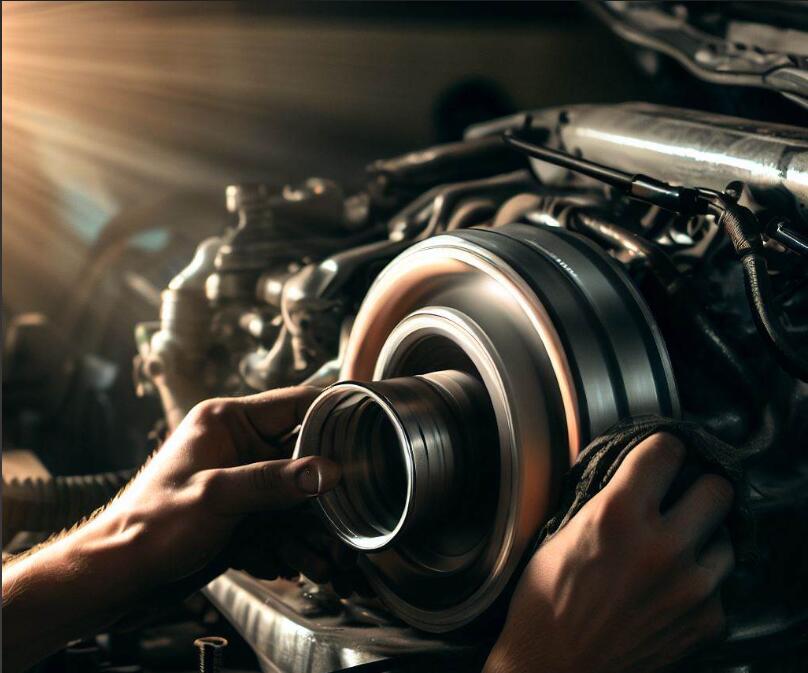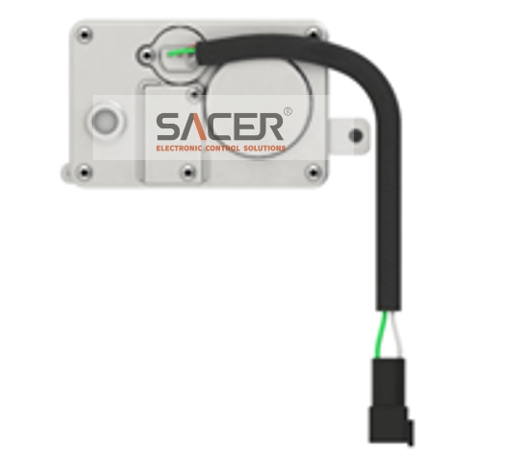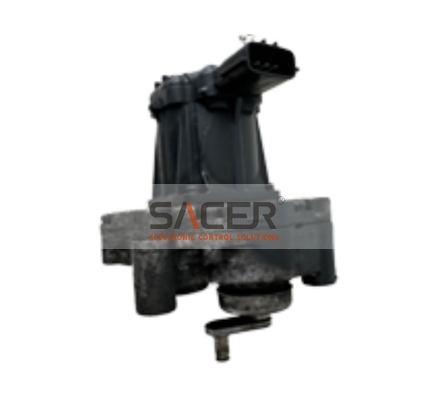Sacer Ltd is committed to providing professional remanufacturing and repair services to its customers. Currently, Sacer Ltd boasts a specialized VGT actuator remanufacturing team, production line, and advanced repair equipment, enabling them to offer high-quality repair services and effectively resolve actuator issues. The remanufacturing team consists of experienced repair engineers, remanufacturing engineers, and electronic engineers, who have accumulated extensive knowledge of various actuator problems and their corresponding solutions. If you have a strong interest in actuator repair, you are encouraged to engage in communication and mutual learning with Sacer Ltd's actuator remanufacturing team.

Sacer Ltd has sorted some common questions, please check. Repairing VGT turbo actuator faults can vary depending on the specific issue and the turbocharger system in question. Some faults may require simple adjustments, while others might necessitate component replacement or more extensive repairs. Here are some general steps you can follow to address VGT turbo actuator faults:
- Diagnosis: Properly diagnose the issue to identify the specific fault with the VGT turbo actuator. Use diagnostic tools, scan the vehicle's onboard computer for error codes, and inspect the actuator and associated components thoroughly.
- Check for Sticking or Seized Actuator: If the actuator is sticking or seized, it may need cleaning or lubrication. Disassemble the actuator (if possible) and clean any carbon buildup or debris. Lubricate moving parts with appropriate lubricants recommended by the manufacturer.
- Inspect Wiring and Electrical Components: Check the actuator's wiring and electrical connectors for damage, corrosion, or loose connections. Repair or replace any damaged wiring or connectors as needed.
- Calibration: Ensure that the actuator is properly calibrated. Some VGT actuators require calibration using specialized equipment or software. Refer to the manufacturer's instructions or service manual for the correct calibration procedure.
- Position Sensor Testing: If the actuator has a position sensor, test its functionality. Verify that the sensor provides accurate readings within the specified range. Replace the sensor if it is faulty or if its readings are inconsistent.
- Actuator Replacement: If the actuator is beyond repair or if the fault is irreparable, you may need to replace the actuator with a new or remanufactured unit. Make sure to use an OEM or high-quality replacement part compatible with your turbocharger system.
- Software Updates: In some cases, updating the ECU software or firmware might resolve certain actuator-related issues. Consult the vehicle manufacturer or an authorized service center for the latest software updates.
- Professional Assistance: VGT turbo actuators can be complex, and their repair might require specialized knowledge and equipment. If you are not confident in your abilities, it's best to seek help from a qualified mechanic or a professional turbocharger service center.
Remember that turbocharger systems are critical components of modern engines, and any repairs or adjustments should be done with precision and care to avoid further damage. Regular maintenance and addressing issues promptly can help prolong the life and performance of your VGT turbo actuator and the overall turbocharger system.





